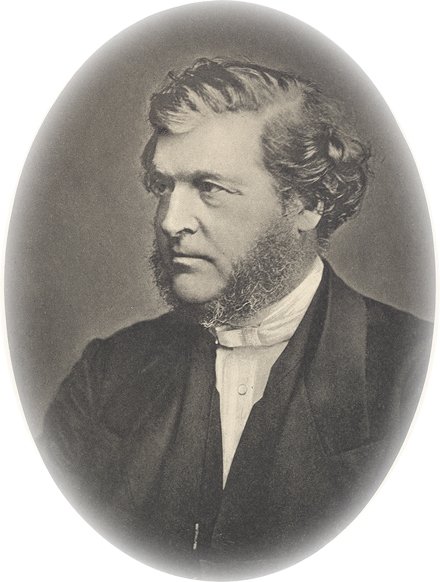Dr. Barton writes on the Temple Church symbolism.
Dr. Langdon seems to have a 'thing' about hieros gamos, ritual sex. It seems to me that he implies in one of his books that the Temple Church in London was designed with this rite in mind (I may be being unjust to him). However, the Temple Church is in fact (like other round Churches) designed as a Romanesque replica of either the Dome of the Rock at the Al-Aqsa Mosque, on the Temple Mount in Jerusalem, or the Church of the Holy Sepulchre, also in Jerusalem. The Templars were certainly fond of the design (just do a Goole image search for 'Templar Church' if you don't believe me), but round Churches were not built exclusively for the Templars; which rather squashes any idea that the Temple Church was built for secret Templar rituals (as does the fact that not all Templar Churches are round, round being more difficult).
Some people have insisted that all round Churches are Templar, but I dispute the statement, and I am not alone in doing so, for Helen Nicholson, an authority on the Templars, has demonstrated that other military Orders built round Churches as well. The Hospitallers built a round Church at Little Maplestead, Essex some time before 1184, and while the Templars were practically absorbed into the Hospitallers after the dissolution of the order in 1314, in 1184 the two orders were still separate. There is also a possibility that the Teutonic Knights built some round Churches in Denmark.
While I like the Temple Church, and have spent may a happy hour examining the rich symbolism of its stonework, I would have to admit that it's not a very good copy of the original. Now, compare this photograph of the Templar Church of La Vera Cruz with this photograph of the Al-Aqsa Mosque. Here is the Dome of the Rock up close. Pretty similar.
Mediterranean masons got their 'Temples' to look more like the original (here is the Templar Church at Eunate, Spain). The English masons somehow smoothed out the corners, and they couldn't really do domes.
The societies of the Middle and Inner Temple both keep alive Templar symbolism, employing the Agnus Dei (the Middle Temple) and the Pegasus (the Inner Temple) symbols of the ancient knights. The origin of the Pegasus symbol is rather funny. The Templars at one point used the symbol of a single horse with two knights on it, a symbol of their poverty. But a badly drawn version of this was mistaken for the Pegasus in a Templar manuscript, and the Templars adopted Pegasus as one of their symbols!
The restoration of the Temple Church after the Second World War has led to the introduction of a splendid East Window that contains much Templar symbolism, most appropriately the Virgin Mary, the 'sacred feminine' to whom the Templars were dedicated!
But I am afraid that Dr. Lagdon is quite in error when he refers to the square 'extension' to the Round Church as a 'nave'. It is a choir built in AD 1240 for the burial of King Henry III (who actually changed his will and now lies in Westminster Abbey). The original choir was a great deal smaller.
I would have thought that Dr. Langdon would have noticed the placing of the altar, but then his specialism isn't really Christian symbolism.
Some people have insisted that all round Churches are Templar, but I dispute the statement, and I am not alone in doing so, for Helen Nicholson, an authority on the Templars, has demonstrated that other military Orders built round Churches as well. The Hospitallers built a round Church at Little Maplestead, Essex some time before 1184, and while the Templars were practically absorbed into the Hospitallers after the dissolution of the order in 1314, in 1184 the two orders were still separate. There is also a possibility that the Teutonic Knights built some round Churches in Denmark.
While I like the Temple Church, and have spent may a happy hour examining the rich symbolism of its stonework, I would have to admit that it's not a very good copy of the original. Now, compare this photograph of the Templar Church of La Vera Cruz with this photograph of the Al-Aqsa Mosque. Here is the Dome of the Rock up close. Pretty similar.
Mediterranean masons got their 'Temples' to look more like the original (here is the Templar Church at Eunate, Spain). The English masons somehow smoothed out the corners, and they couldn't really do domes.
The societies of the Middle and Inner Temple both keep alive Templar symbolism, employing the Agnus Dei (the Middle Temple) and the Pegasus (the Inner Temple) symbols of the ancient knights. The origin of the Pegasus symbol is rather funny. The Templars at one point used the symbol of a single horse with two knights on it, a symbol of their poverty. But a badly drawn version of this was mistaken for the Pegasus in a Templar manuscript, and the Templars adopted Pegasus as one of their symbols!
The restoration of the Temple Church after the Second World War has led to the introduction of a splendid East Window that contains much Templar symbolism, most appropriately the Virgin Mary, the 'sacred feminine' to whom the Templars were dedicated!
But I am afraid that Dr. Lagdon is quite in error when he refers to the square 'extension' to the Round Church as a 'nave'. It is a choir built in AD 1240 for the burial of King Henry III (who actually changed his will and now lies in Westminster Abbey). The original choir was a great deal smaller.
I would have thought that Dr. Langdon would have noticed the placing of the altar, but then his specialism isn't really Christian symbolism.

0 Comments:
Post a Comment
<< Home